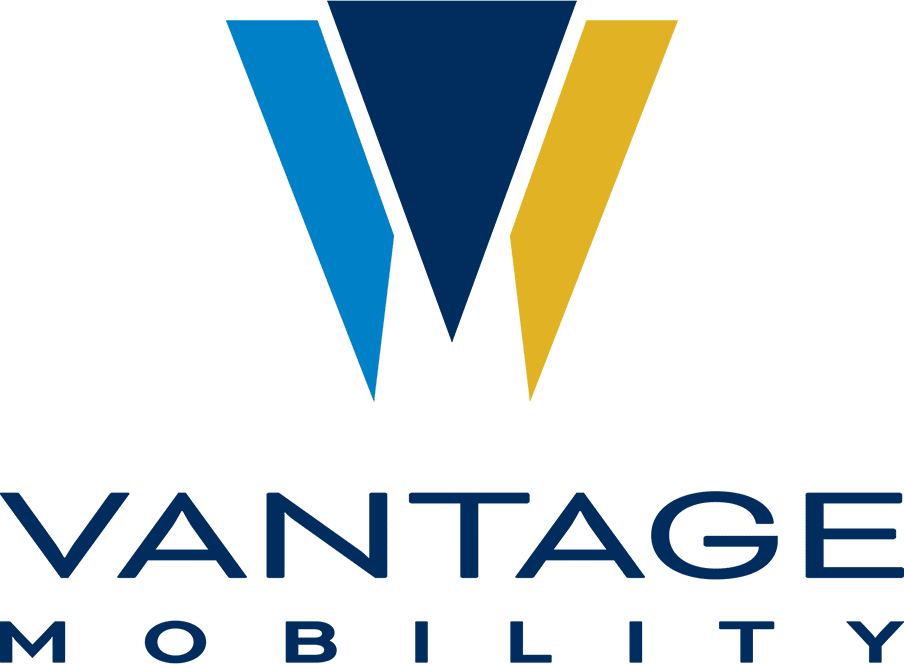Many parents are busy checking off items from the school supplies list, but parents of children with disabilities may be concerned about something else.
The decision to mainstream students with special needs into a general education classroom is complex; parents must consider a range of factors that will contribute to their child’s well-being, such as:
- Educational accommodations for learning, homework and test taking
- Physical accommodations for wheelchairs, braces, etc.
- Making sure teachers and school administration understand your child’s needs
- How other students will react to your child’s disability
- Your child’s ability to make friends
To improve the chances of your child’s academic and social success in a general education classroom, consider the following tips from Elizabeth Ouellette.
Ouellette is a board member with the CMT Association; her son, Yohan, has Charcot-Marie-Tooth disease, a neurological disorder that affects peripheral nerves, resulting in weakened muscles, poor motor skills and more.
Plan ahead for special accommodations
When Yohan started school he had kyphoscoliosis, — a hunched back and sideways curvature of the spine — and he needed a foot rest and back cushion for proper support. He also used colorful foam pencil grips for his weakened hand muscles. Other accommodations included regular stretching, extra time on tests and occupational therapy sessions.
Her advice:
- Prepare a typed document explaining your child’s disability and his or her special needs, medical or otherwise.
- Schedule a date to meet with your student’s teachers, principal and nurse. Walk through the document with them, and explain anything you or they deem necessary.
- Brainstorm what other accommodations might be necessary to ensure your child’s academic success. Teachers might think of things you never considered.
Check eligibility for an IEP or 504 Plan
Obtaining an individualized education plan or 504 plan means the government formally recognizes your child’s disability and puts a process in place to ensure that student’s success.
These plans came out of the Individuals with Disabilities Education Act. With an IEP or 504 plan, schools are required to document the student’s needs, list any necessary accommodations, plan yearly academic goals and determine how to measure the success or failure of those goals.
Read about the differences between the IEP and 504 plan here.
Think about how other students will perceive those accommodations
Ouellette says she was stunned when Yohan told her how his fellow classmates reacted to his accommodations. “Brutal” and “hurtful” were how he described his bullies, she says.
“As a parent, I was thrilled that he was receiving the help and care that he needed,” Ouellette wrote in an email interview. “Never did I consider the consequences of what looked like VIP treatment to his peers until he came home sobbing because of … a few class bullies.”
There’s no bullet-proof strategy to stop bullies, but peer education and predicting potential outcomes may help teachers, parents and the student prepare their reactions.
Develop a strategy to cultivate empathy and awareness
“Kids who bully often lack empathy for the feelings and experiences of their targets,” Ouellette says. “In my opinion, parents and teachers play a key role in cultivating empathy and teaching compassion, tolerance and acceptance to their children and students.”
Some strategies to deal with bullying include:
Create a disability awareness week
When Yohan was in elementary school, Ouellette took part in a parent-run program called “Disability Awareness Week.” Throughout the week students participated in various activities that simulated a broad range of learning and physical challenges — from attention deficit disorder and dyslexia to fine motor challenges, hearing problems and mobility impairments.
“We even brought in leg braces, wheelchairs, crutches and walkers for the children to try out,” Ouellette said. “When the kids were given the opportunity to put themselves in the shoes of another child…attitudes changed and lives were transformed.”
Plan a school-wide fundraiser for a disability organization
To combine awareness and excitement, jog-a-thons, carnivals and penny wars are great examples of interactive fundraisers that will get kids excited about learning and raise money for noble causes.
Have a sit-down conversation with the class or school
Plan some time to sit down with your child’s classmates (invite your child’s therapist, too) and explain to them how and why your child is different and also how your child is the same. Let them ask questions to create a better understanding and thus, more acceptance.
Have a thoughtful discussion with your child before school starts
Make sure to talk with your child about his or her worries or concerns regarding the school year. It’s important they feel comfortable in their skin and their fears are addressed. This is also imperative before addressing classmates. Your child should feel 100 percent comfortable sharing personal (and perhaps fragile) information to peers.



















